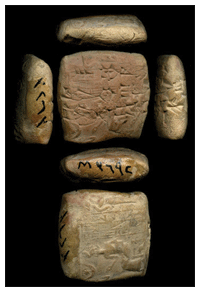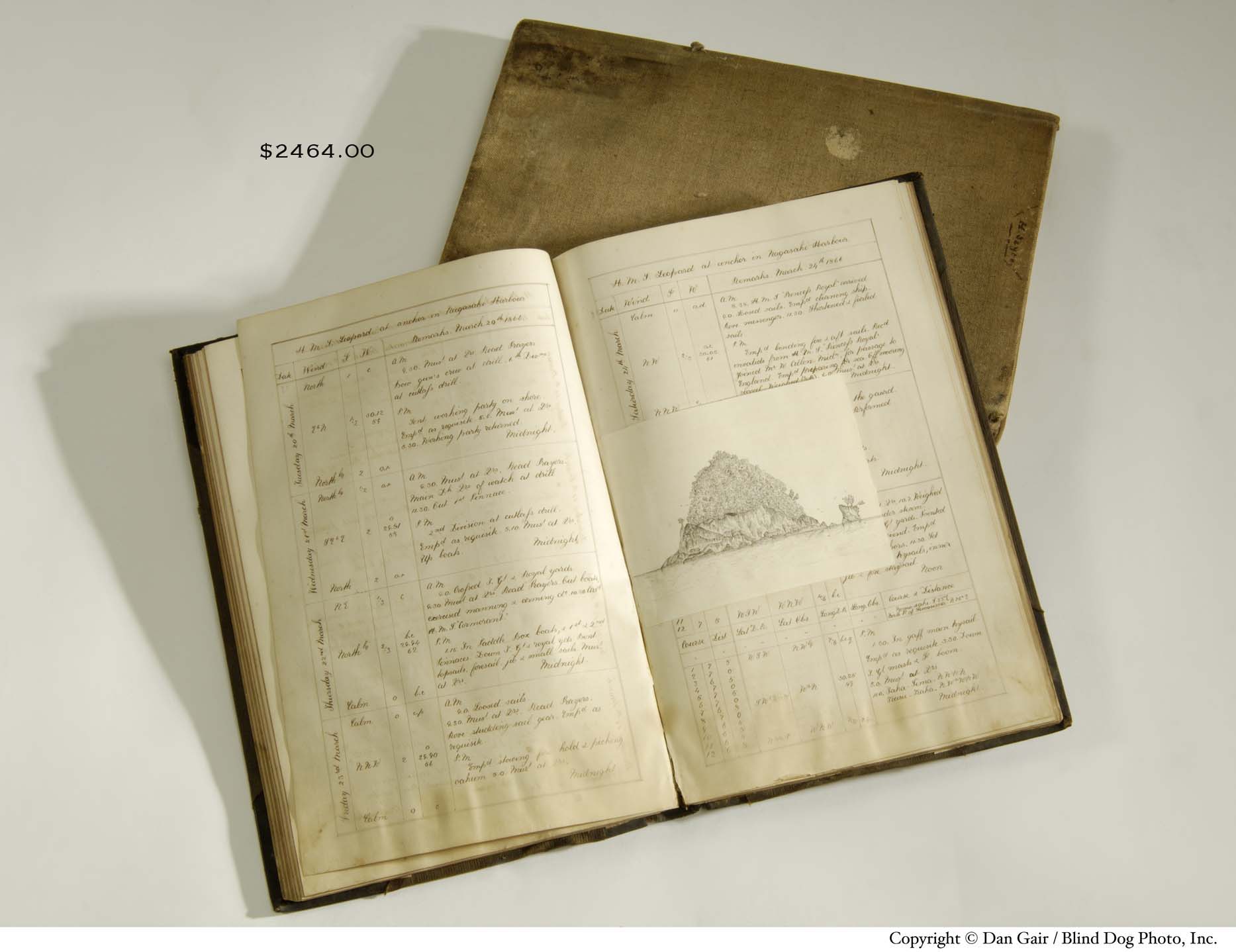Assyriology
The Ancient Near Eastern Studies is the study of languages , history and cultures of the ancient Near East from the first cuneiform texts in the late 4th millennium BCE to invalidate the cuneiform writing around the time of occurrence. As the first major excavations in ancient Assyria took place, the Ancient Near Eastern Studies was formerly and traditionally sometimes referred to today as Assyriology. The geographical area of the Ancient Near Eastern Studies includes large parts of the Middle East in the area of present-day Iraq, Syria (ancient Mesopotamia ), Turkey ( Asia Minor) and Iran and neighboring countries.
Characteristics
The Ancient Near Eastern Studies is a philological- historical discipline. Your main source are about 550,000 texts that are written in cuneiform script on clay tablets and have survived the millennia. These cuneiform texts are in addition to the ancient Egyptian text corpus is the oldest and dar. after the ancient Greek the most extensive text material of the entire ancient world The majority of these texts is, however, still unpublished in numerous museums and private collections in the world; archaeological excavations also bring annual new clay tablets to the fore, so that the number of texts continues to grow.
The study of the material remains of the ancient Near East is the responsibility of Near Eastern Archaeology. Not the subject of the subject heard the old Egypt, which is handled by the Egyptology, even if under the name Ancient Near East in the broader sense sometimes the old Near East and ancient Egypt are summarized. The Old Palestine, the world of the Old Testament, although historically and factually belonging to the Ancient Near East, has traditionally been studied by the ( Old Testament ) theology / Hebrew studies.
Branches of Ancient Near Eastern Studies
The Ancient Near Eastern Studies is divided into the following defined according to the languages of sub-areas ( for comprehensive overview and classification see Ancient Near Eastern languages):
Akkadian ( Akkadistik ), the (East ) Semitic (ie, with the Arabian related ) language of the Babylonians and Assyrians, once in Mesopotamia (Iraq, Syria), speaking, beyond common throughout the Middle East and from 3 BC to the 1st millennium AD is continuous. Akkadian is geographically and chronologically the most widely used and according to the number and diversity of texts bestbezeugte the language of the ancient Near East.
Sumerian ( Sumerology ), which related to any other language, oldest recorded language of mankind, the language of Scripture inventors from the southernmost district of Mesopotamia, between the 3rd and early 2nd millennium BC ( and in the cult of science and also later) occupied.
Hittite ( Hittite ), the oldest documented Indo-European (ie, inter alia, German, English, Latin, Greek and Old Indic related ) language of the inhabitants of Asia Minor (Turkey ) from the mid-2nd millennium BC are addition to the Hittite the poorly known languages Luwian (written in cuneiform and hieroglyphics own font), Palaisch (both with the Hittite related ) and Hattish ( an isolated, related to any other language ).
Amurritisch, Ugaritic, Phoenician and Altaramäisch ( Aramaic ), four closely related to each other, ( northwest ) Semitic languages from the 2nd and 1st millennium BC, spoken in Syria. Amurritisch be reconstructed only by a very large number of people and that some loanwords in Akkadian. The other three languages have survived through the texts in the oldest alphabets in the world. Closely related is also the Ancient Hebrew, the language of the Old Testament of the Bible.
Hurrian and Urartian, two related, but otherwise no other language genetically linkable idioms, the former in the third and especially the 2nd millennium in Mesopotamia (Iraq, Syria) and Asia Minor (Turkey), the latter in the 1st millennium BC spoken in southeastern Turkey and Armenia.
Elamite, an isolated language from the southwest of Iran, however, is somewhat uneven from the 3rd to the 1st millennium BC.
Old Persian, Indo-European language of the Achaemenid Empire from the 2nd half of the 1st millennium BC, in a separate wedge - syllabary written.
Based on the study of languages and scripts Ancient Near Eastern Studies deals with all aspects of the ancient Middle Eastern cultures, where they are not primarily material resources required for: political history, history of everyday life, religion, history, legal history, literary history, history of science, economic and social history, gender studies, etc.
Teaching
Ancient Near Eastern Studies is taught at the following universities in Germany: Free University of Berlin, Leipzig, Mainz, Jena with the state Hilprecht Collection of Near Eastern antiquities, Göttingen, Münster, Marburg, Würzburg, Erlangen -Nuremberg, Heidelberg, Tübingen, University of Freiburg and Munich. For the ancient Near East and Near Eastern Archaeology beyond the German Archaeological Institute (DAI ) and the German Oriental Society (DOG) is mentioned. In Austria Ancient Near Eastern Studies at the Universities of Vienna and Innsbruck is taught in Switzerland at the Universities of Bern and Geneva.










